When we talk on the topic of cancer therapies, the first one that comes to my mind is adoptive T cell therapy using tumor-infiltrating lymphocytes (TILs). It has received a lot of good reviews in the last couple of years and persists as a promising tumor therapy for the future. It works on the principle of- taking the TILs out of the patient, separating them from tumor and non-target cells, expanding ex vivo, and giving the army of T cells back to the patient. The only problem is- separation. Current techniques rely on the fluorescence-activated cell sorting (FACS) that loses 50-70% of T cells, or magnetic-activated cell sorting (MACS) that traps a lot of dead cells and debris and is effective only with highly expressed markers. To overcome these issues, a new approach for TIL separation has been developed: microfluidic affinity targeting of infiltrating cells (MATIC) with the ability for throughput of a billion cells per hour, achieving purity of up to 98%!
Principle
So, the question is – how does it work? Well, after surgery primary tumors are dissociated into single cells, and the target TILs are immunomagnetically labeled. This mixture of cells is run down through a MATIC device consisting of a microfluidic flow with several X-shaped structures ranging in height from 100-800 micrometers sandwiched between the permanent magnets. MATIC works on the principle of two forces, 1. the microfluidic flow force and 2. magnetic force. When the magnetic force (generated by the interaction of permanent magnets and magnetically labeled cells) overcomes the fluidic drag force, target cells become trapped in the pockets of X-shaped structures. Non-target cells are washed out of the device and then, to get the target cells, external magnets are removed.
What is extremely fascinating is the economical part of making the X-shaped structures. According to the authors, they could build 40 of them per day with a 3D printer at the cost of only 10 US dollars! Another point of advantage over current products is how customizable they are. You can decide on your own resolution with a “plug-and-play” of modular chips with X-shaped structures and external magnets. How fun and convenient is that?
Compared to the old folks
When compared to FACS and MACS, MATIC surely outperforms them! MATIC achieved purity of cells to be up to 98%, with 5- to 30-fold higher recovery compared to FACS and MACS, and accelerated growth curves while the cells were expanding ex vivo! Looking at the RNA level, TILs isolated with MATIC had higher activation of immune-response genes and pathways, such as NFkB and JAK-STAT. Also, the researchers demonstrated higher cytotoxic potency of TILs isolated with MATIC, achieved with upregulation of IFN-gamma secretion. On comparing the therapeutic efficacy (MATIC vs. MACS), MATIC TILs showed improvement regarding the tumor size, overall survival of animals, as well as immunohistological quantitation of the TILs. Comparison of MATIC to FACS in therapeutic studies did not show a significant result, arguably because the lower number of TILs was used in this study as FACS can isolate fewer TILs.
Characterizing the best TIL subpopulations
Agreeing that the newly established approach with MATIC results in great activity, recovery, and purity of TILs, the researchers went a step further and used it to identify the most potent TIL subpopulation. They focused on CD39, a marker for cell exhaustion and tumor reactivity in T cells. They generated 3 subpopulations, CD39-, CD39+ and CD39med (medium). Generating CD39med was a huge deal, as previous gating strategies could only be attributed to either negative or positive CD39s. The scientists were now able to research the CD39med subpopulation on gene and protein level, which resulted in a conclusion that this subpopulation had balanced expression of cytotoxicity and exhaustion. Also, they possessed the highest percentage of memory stem-like T cells (reported to retain tumor specificity). Further, CD39med showed the best anti-tumor activity both in vitro and in vivo, gaining an extra point for long-term tumor management in vivo.
Putting it all together, MATIC seemed like a perfect new-age solution for TIL isolation. Not only is it fun (mix and match of the customizable 3D printed structures) but it has proven itself not only to match the current standardized giants but to outperform them in several different categories. It has also shown a great promise for further TIL subpopulation characterization that could benefit patients in the (hopefully) upcoming trials. Antibuddies looks forward to reading about the clinical trials, what about you?
Source:

Article author: Ines Poljak. Ines is a MSc graduate from University of Copenhangen who worked on multiple myeloma bone disease. She worked in several clinical laboratories before committing herself completely to research.
Editor: Sutonuka Bhar. Sutonuka is a PhD candidate at the University of Florida. Her work focuses on host immune responses against viruses and bacterial membrane vesicles.
Check out Antibuddies’ blog post “A better method for T cell isolation is not so enigMATIC anymore”.
Tweet
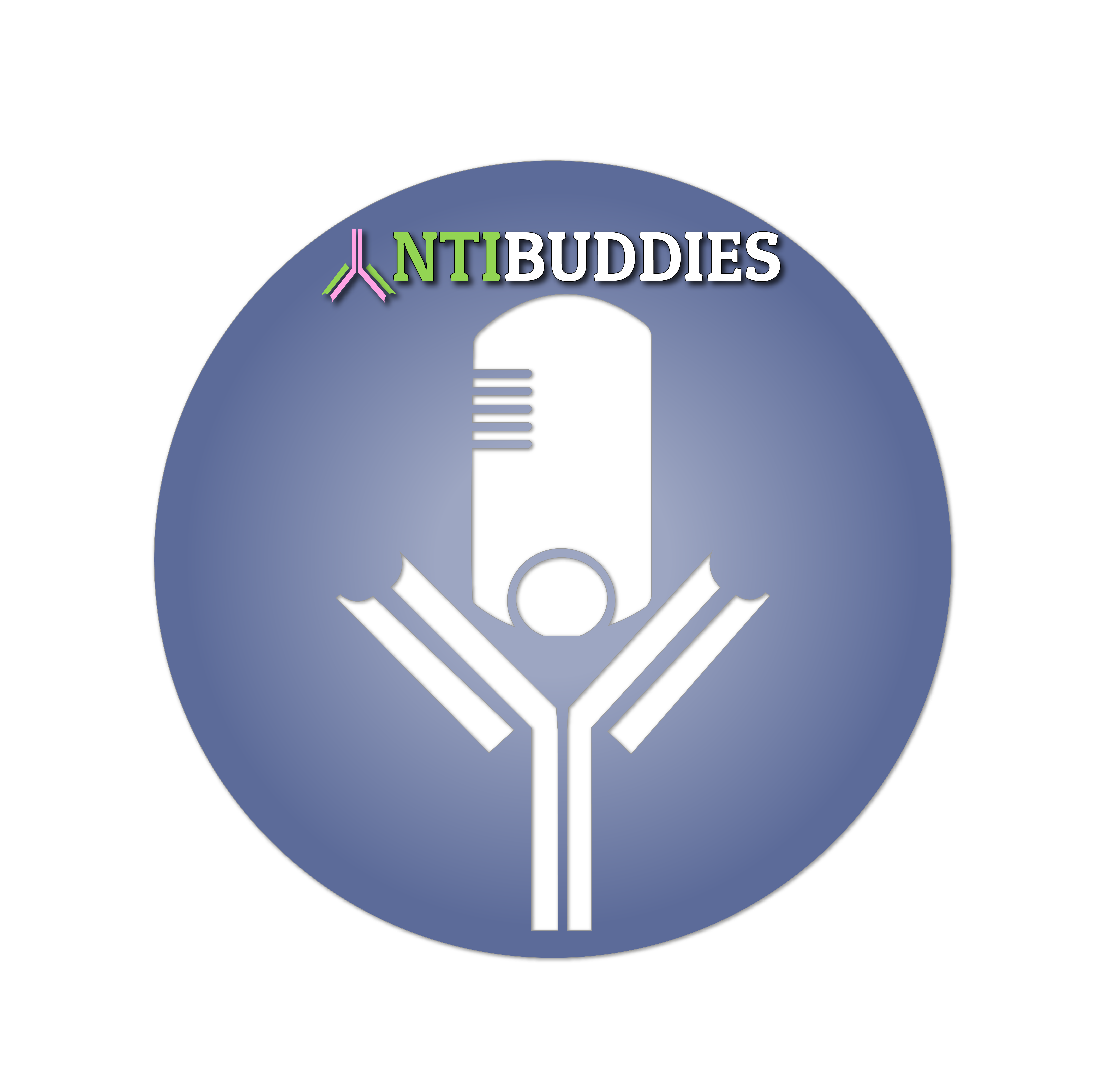

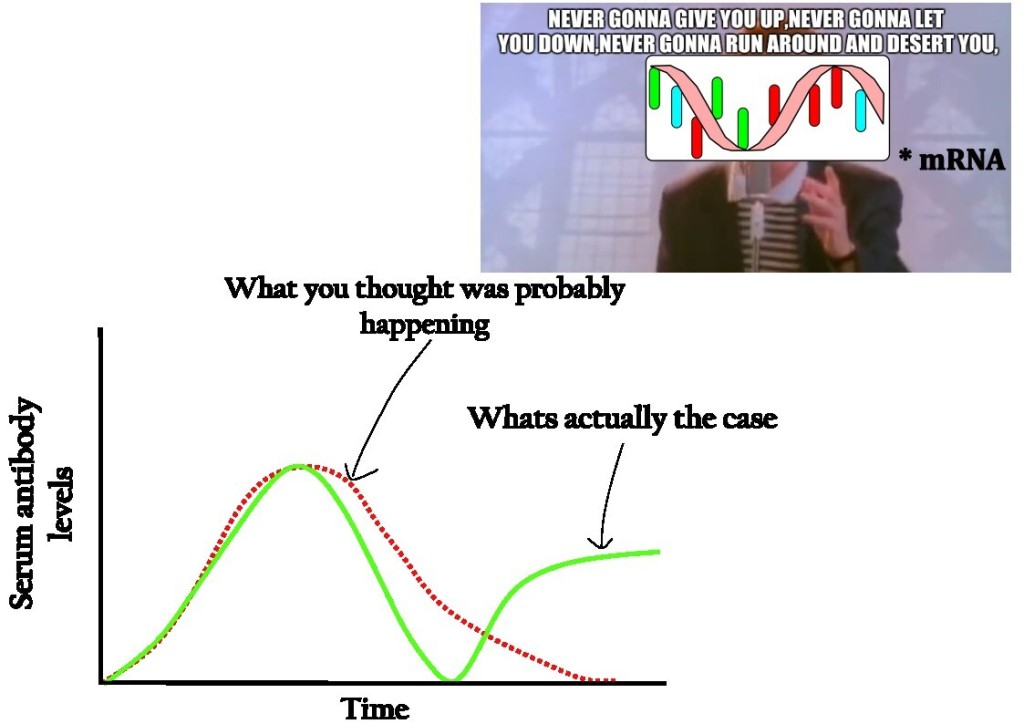
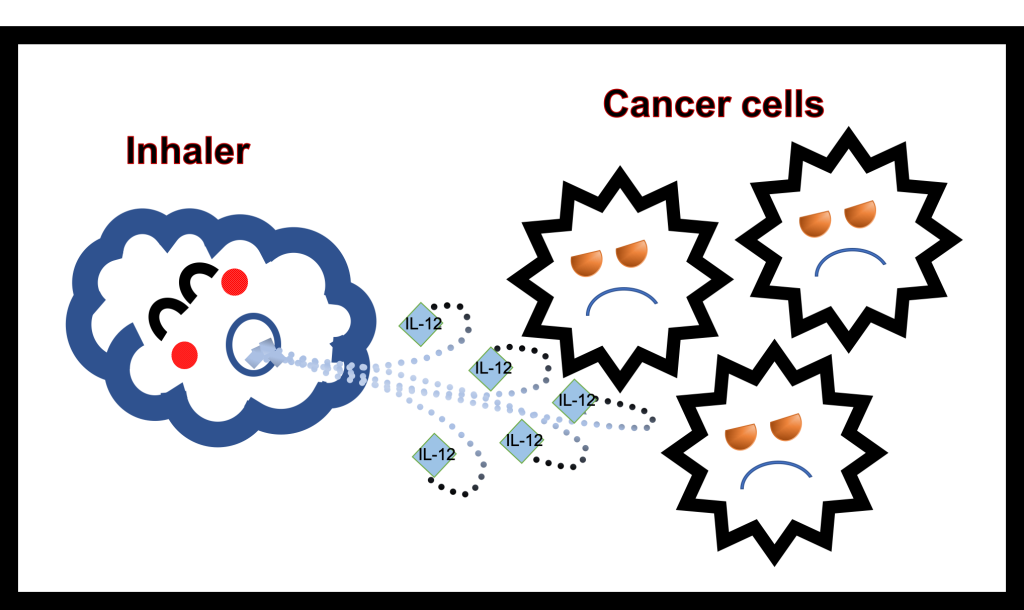
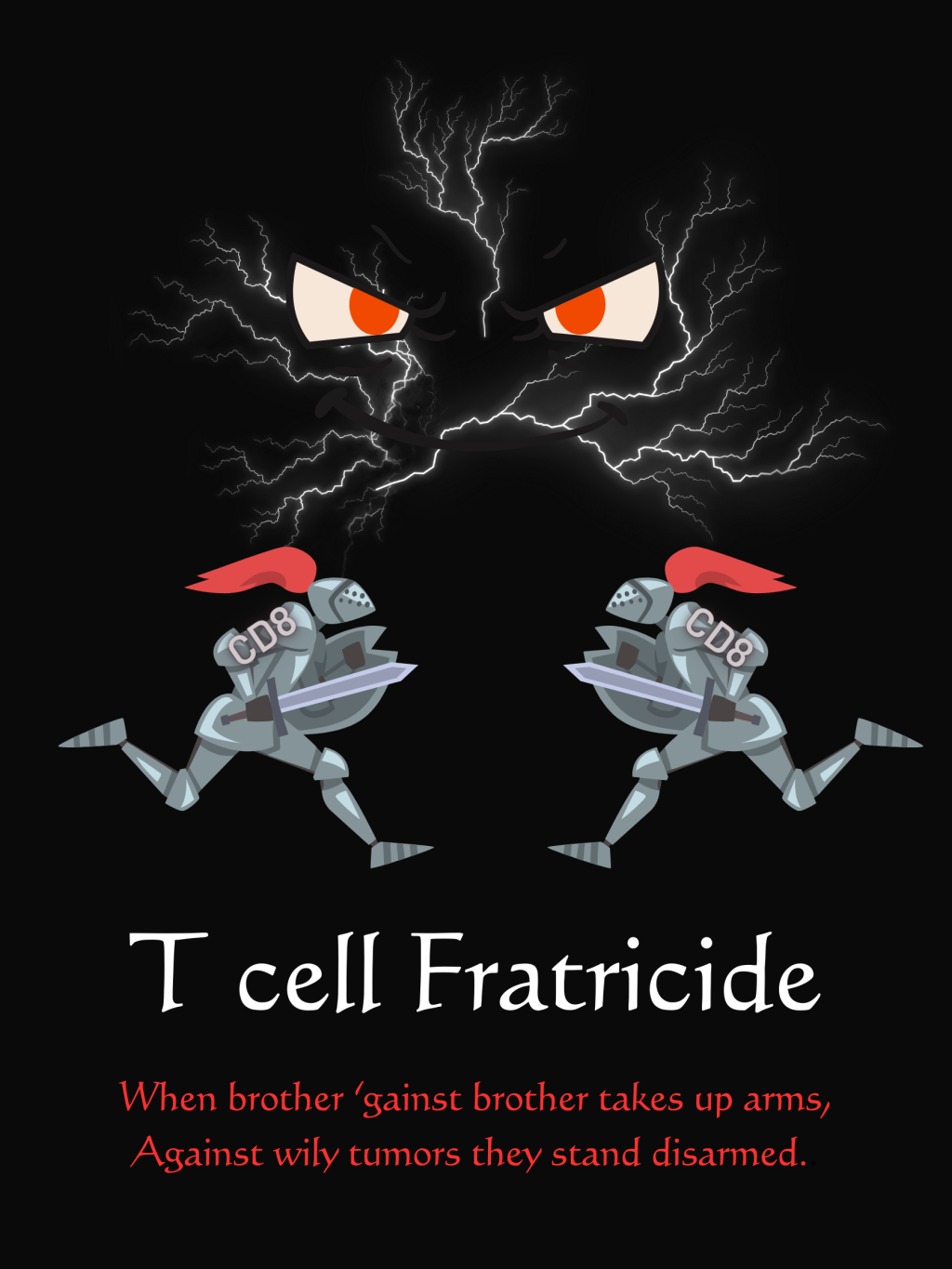
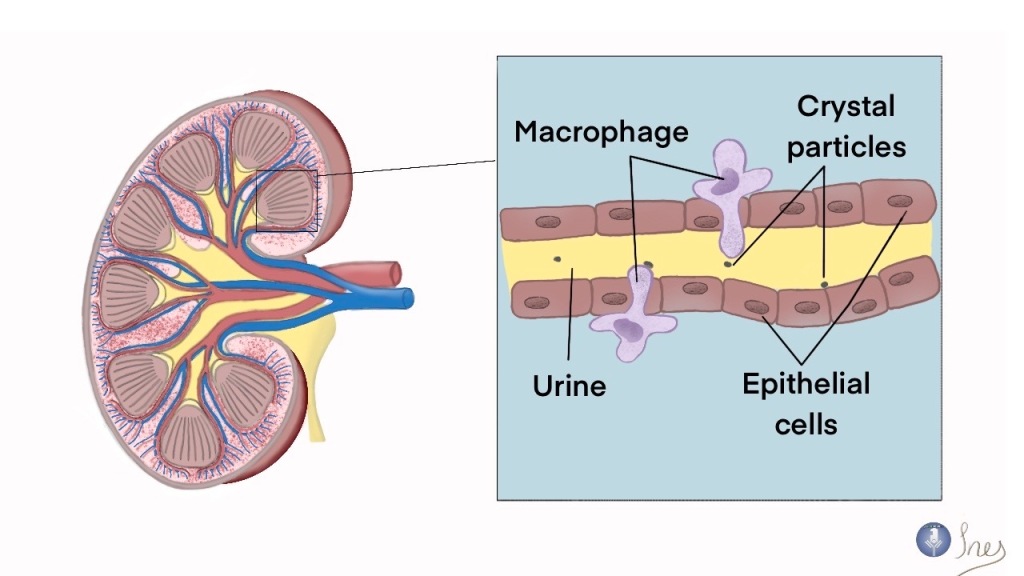
Leave a comment